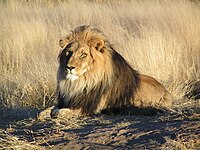
Gold, also called golden, is a color tone resembling the gold chemical element.

The various tones of the color coral are orange, red and pink representations of the colors of those cnidarians known as precious corals.

Navy blue is a dark shade of the color blue.
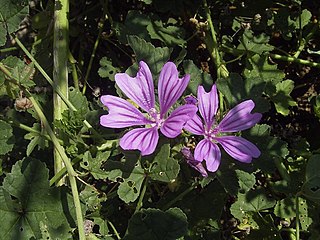
Mauve is a pale purple color named after the mallow flower. The first use of the word mauve as a color was in 1796–98 according to the Oxford English Dictionary, but its use seems to have been rare before 1859. Another name for the color is mallow, with the first recorded use of mallow as a color name in English in 1611.

Olive is a dark yellowish-green color, like that of unripe or green olives.
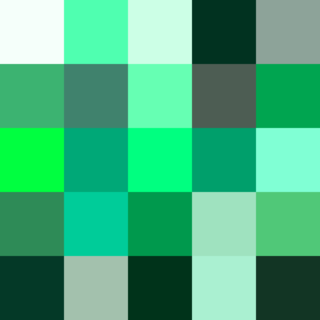
Spring green is a color that was traditionally considered to be on the yellow side of green, but in modern computer systems based on the RGB color model is halfway between cyan and green on the color wheel.

Amaranth is a reddish-rose color that is a representation of the color of the flower of the amaranth plant. The color shown is the color of the red amaranth flower, but there are other varieties of amaranth that have other colors of amaranth flowers; these colors are also shown below.
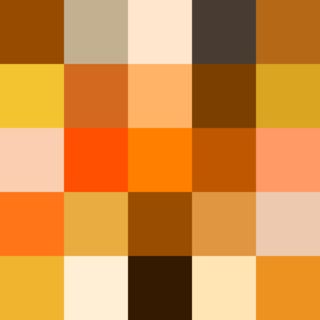
In optics, orange has a wavelength between approximately 585 and 620 nm and a hue of 30° in HSV color space. In the RGB color space it is a secondary color numerically halfway between gamma-compressed red and yellow, as can be seen in the RGB color wheel. The complementary color of orange is azure. Orange pigments are largely in the ochre or cadmium families, and absorb mostly blue light.

Varieties of the color green may differ in hue, chroma or lightness, or in two or three of these qualities. Variations in value are also called tints and shades, a tint being a green or other hue mixed with white, a shade being mixed with black. A large selection of these various colors is shown below.

Varieties of the color red may differ in hue, chroma or lightness, or in two or three of these qualities. Variations in value are also called tints and shades, a tint being a red or other hue mixed with white, a shade being mixed with black. A large selection of these various colors are shown below.

The color wine is a dark shade of red. It is a representation of the typical color of red wine.

Pink colors are usually light or desaturated shades of reds, roses, and magentas which are created on computer and television screens using the RGB color model and in printing with the CMYK color model. As such, it is an arbitrary classification of color.

The color magenta has notable tints and shades. These various colors are shown below.
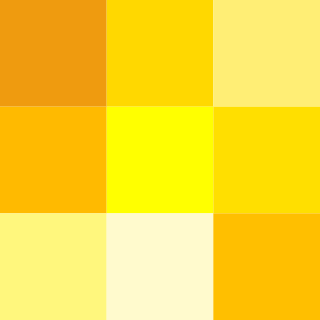
Varieties of the color yellow may differ in hue, chroma or lightness, or in two or three of these qualities. Variations in value are also called tints and shades, a tint being a yellow or other hue mixed with white, a shade being mixed with black. A large selection of these various colors is shown below.

Varieties of the color blue may differ in hue, chroma, or lightness, or in two or three of these qualities. Variations in value are also called tints and shades, a tint being a blue or other hue mixed with white, a shade being mixed with black. A large selection of these colors is shown below.

Shades of white are colors that differ only slightly from pure white. Variations of white include what are commonly termed off-white colors, which may be considered part of a neutral color scheme.

The color cyan, a greenish-blue, has notable tints and shades. It is one of the subtractive primary colors along with magenta, and yellow.
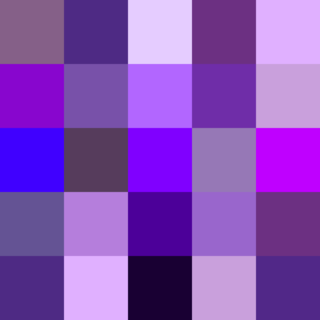
Violet is a color term derived from the flower of the same name. There are numerous variations of the color violet, a sampling of which are shown below.
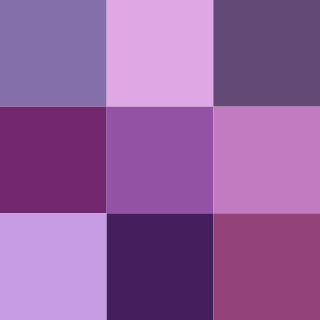
There are numerous variations of the color purple, a sampling of which is shown below.

Rose is the color halfway between red and magenta on the HSV color wheel, also known as the RGB color wheel.
